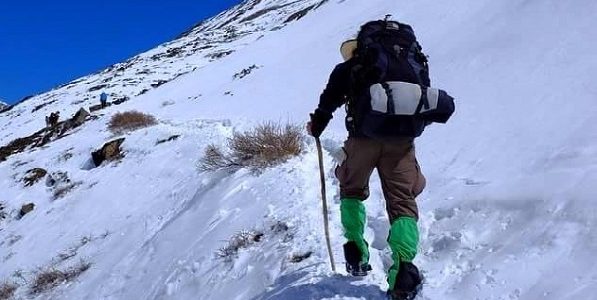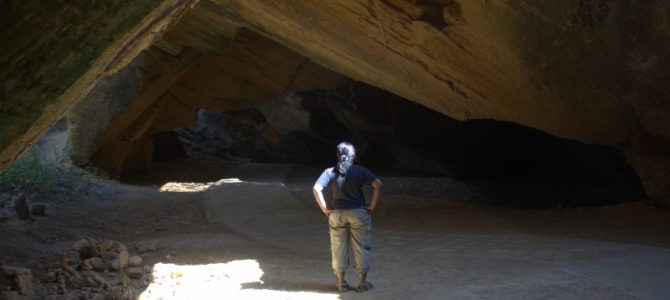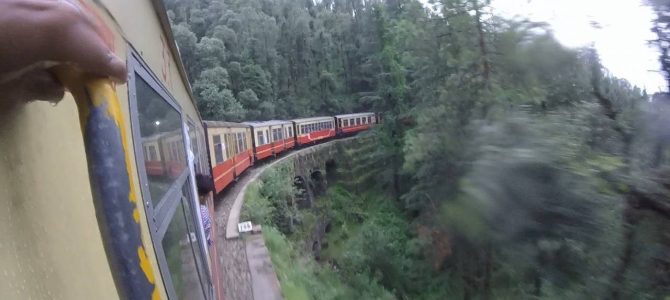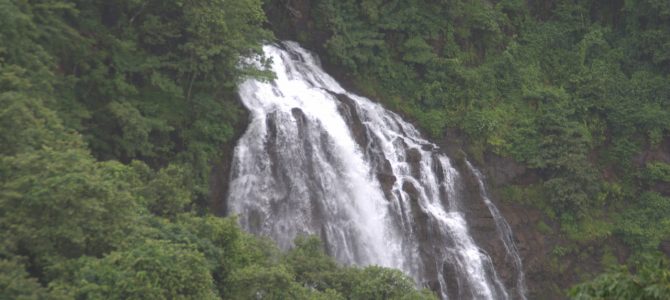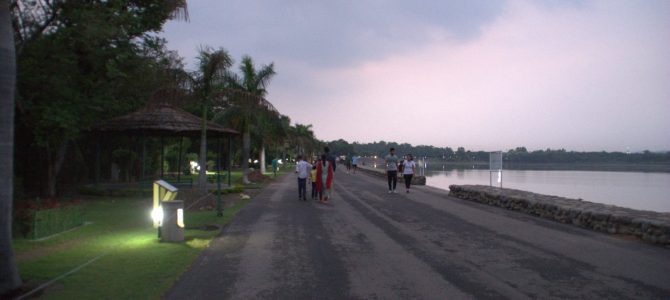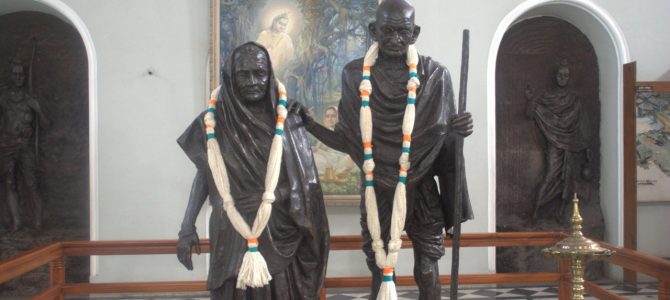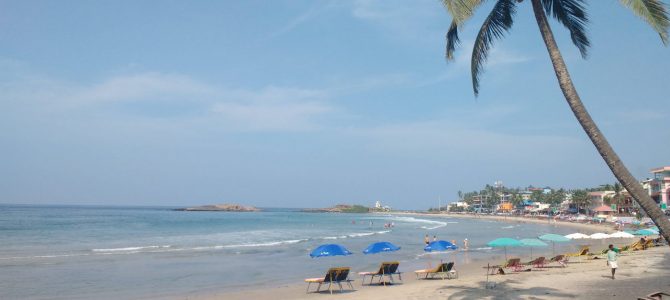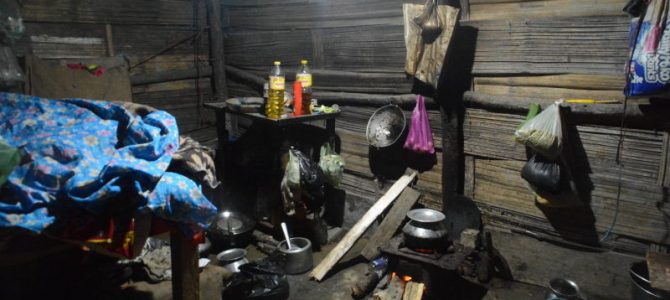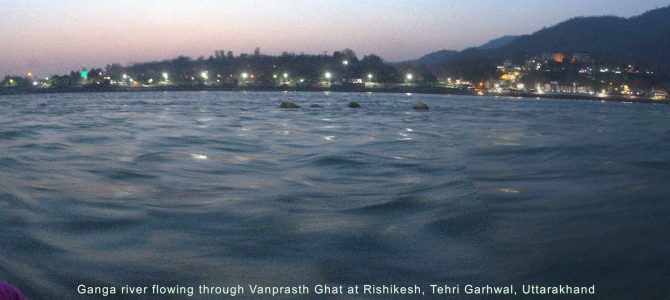Everyone dreams of being in the Himalayas, among the green meadow, snow caps, fir trees and the clean air. While several people get the wish granted in the form of road trips through the highways of Uttarakhand, Himachal Pradesh, Jammu Kashmir, Sikkim or Arunachal Pradesh, many of them are not satisfied with experiencing Himalayas through a windshield and the windows of a vehicle or with the limited time in which they get to play in the lap of nature. Thousands of people enroll for treks over the trails of Himalayas every year. While the list of treks is countless, only between 50 – 100 trails are trekked on every year, the majority of them conducted by organisations like YHAI or IndiaHikes. There are independent trekkers who plan their own routes and do not depend on trekking organisations. Regardless of the method you follow, the checklist for what to wear for such treks, what to carry and how to maintain fitness and hygiene do not change.
Here are the broad categories that you should take care of in a Himalayan trek. Consider this to be a checklist of things essential to enjoy a trek safely and in good health.

